AMO unveils new platform for the Stedelijk Museum’s collection

Five years after its reopening, Amsterdam’s Stedelijk Museum today reveals Stedelijk BASE, a much-anticipated new presentation of the museum’s permanent collection, which marks the finale of the museum’s almost decade-long revitalisation.
Located in the basement of the ‘bathtub’ (the nickname of the new wing designed by fellow Dutch architect Mels Crouwel), its new display has been designed by AMO architects Rem Koolhaas and Federico Martelli, who envisaged an innovative exhibition system specifically for the space. Most notably, the 1340 sq m lower level gallery is made of 180 tons of steel, supporting a number of specially developed, ultra-thin freestanding walls on which some 700 highlights from the collection can be mounted.
For almost two years Koolhaas and Martelli worked closely with the museum’s team of curators, researchers and technical staff, delving into the archives in search of a propitious representation. The result is a hybrid arrangement that is both chronological and thematic. The new display is laid out in an open-ended route, which allows visitors to see the modern and contemporary art and design from 1880 until 1980 in unexpected combinations. The perimeter walls in the rectangular room present a history of the developments in art and design while the freestanding walls display thematic zones. ‘The design responds to new ways of absorbing information,’ says Martelli, ‘Viewers have become capable of focusing on many things at the same time and a multiplicity of information stimulates our curiosity.’

The Stedelijk Museum collection contains about 90,000 objects and it is the museum's ambition to present them all online.
The peculiarities of the design space required high standards of building in regard to stability, vibration and security. AMO worked closely with Tata Steel Nederland and ARUP engineers in order to achieve the solid yet elegant solution. At one end of the room a pavilion houses Gerrit Rietveld’s Harrenstein Bedroom (1971) and its accompanying balcony doubles as a dedicated showcase of the master’s furniture works and a lookout from which visitors can admire the architecture of the space.
Amsterdammers share a profound attachment to the Stedelijk collection, and the challenge of the new presentation was to reward seasoned museumgoers with a new experience while providing one-timers from around the globe an entry to its world of creation. ‘At Stedelijk BASE we want to show the icons of the collection. Curators from different disciplines – contemporary art, graphic design, industrial design and photography – worked together to find out what people are interested in,’ Margriet Schavemaker, head of collections and research, explains. ‘We started with a very different vision on how to present artworks: not as a list of autonomous objects presented without a context, but as part of a network of connections and associations. It is such a major experiment in thinking how to curate in the 21st century.‘
In the new presentation, Dutch masters like Piet Mondrian, Ed van der Elsken, Constant and Jacqueline de Jong are the spotlights, of course; international names like Kazimir Malevich and Marlene Dumas are in the mix, too. Engaging and nonconformist, AMO’s design epitomises the Stedelijk’s traditionally bold, experimental spirit, and will become a permanent constituent of the institution.
OMA/AMO has already been experimenting in the world of displaying art; recent examples are Elements of Architecture at the Venice Biennale in 2014 and the exhibition display of Serial and Portable Classic for the Fondazione Prada in Milan and Venice in 2015. However, Koolhaas is particularly sentimental about this project – he frequented the museum in his formative years and says that the Stedelijk was his university and shaped his sense of aesthetics. ‘I live around the corner, and our office is around the corner, too, so we had a physical presence throughout the project that made it such an unique and organic collaboration', he says. 'In my own experience, there are very few comparable situations where the aim is so clearly articulated, so collectively supported, and so technically elaborated.’
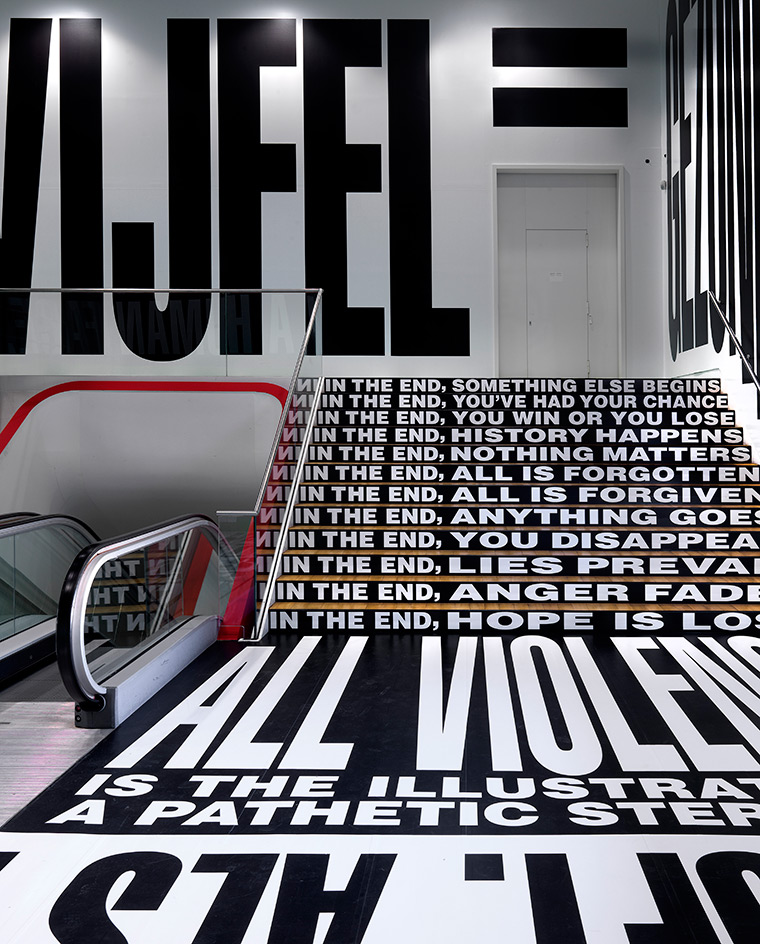
Stedelijk BASE is divided into two spaces. Art from 1880 to 1980 is featured in the lower level gallery, while a presentation of art after 1980 is located on the first floor. Between the two floors, on the mezzanine, the visitor enters an immersive artwork by Barbara Kruger.
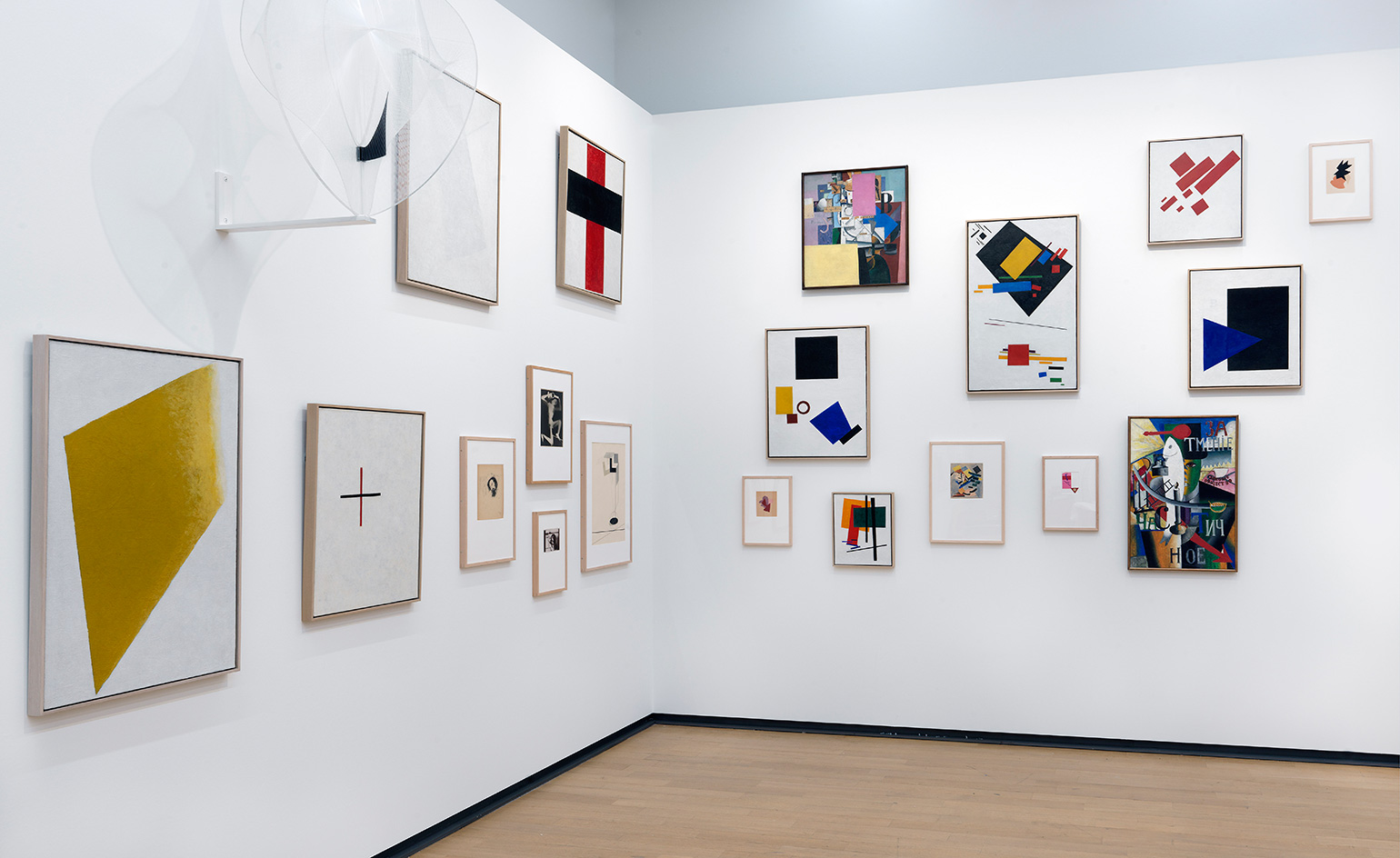
At this moment, a selection of 8,000 works is available and more works are being added continually
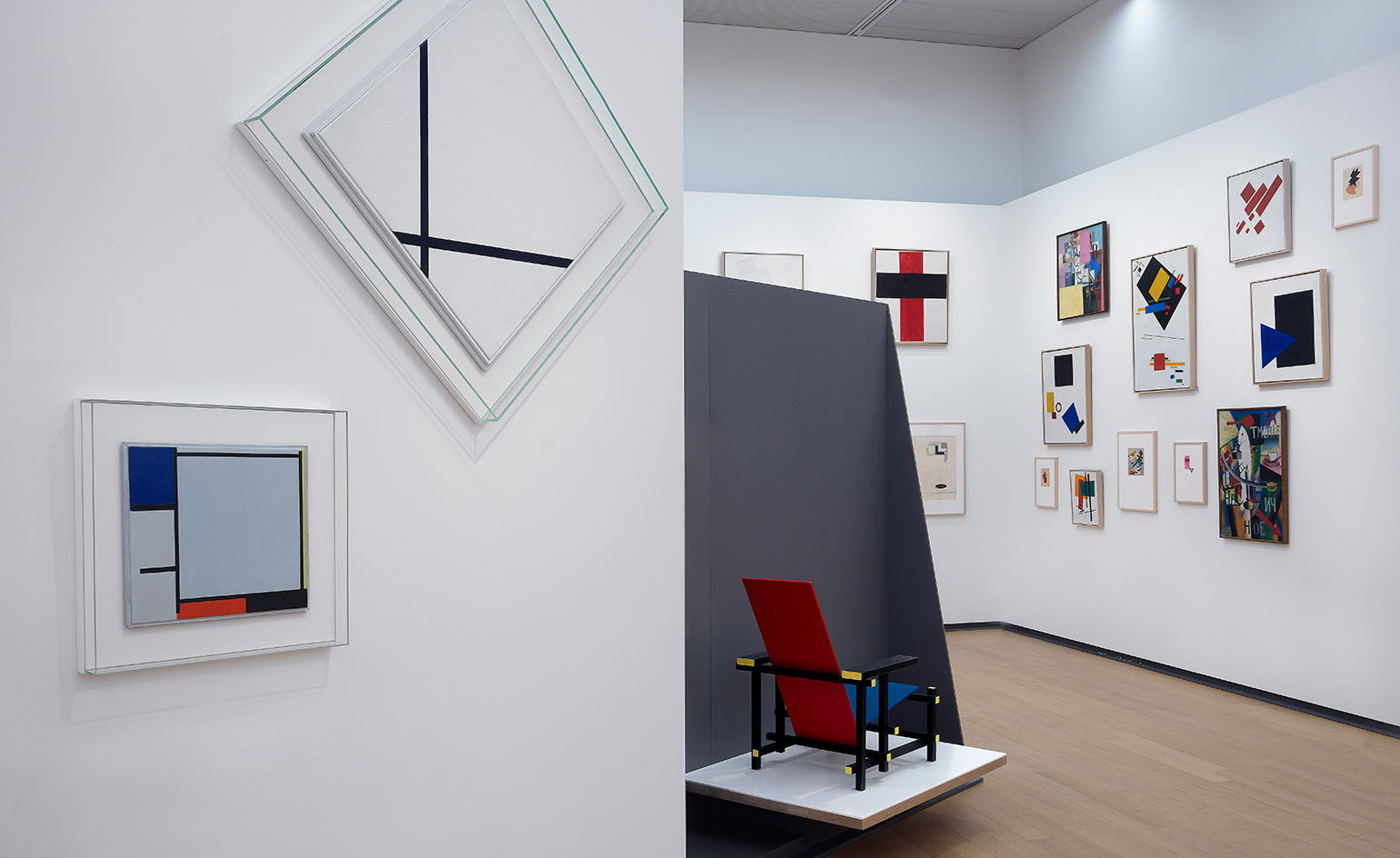
On the ground floor, Stedelijk TURNS features temporary collection presentations, each focusing on new perspectives, research, and relevant themes

Stedelijk NOW presents temporary exhibitions on the first floor.
INFORMATION
For more information visit the AMO/OMA website and the Stedelijk Museum website
Receive our daily digest of inspiration, escapism and design stories from around the world direct to your inbox.
Yoko Choy is the China editor at Wallpaper* magazine, where she has contributed for over a decade. Her work has also been featured in numerous Chinese and international publications. As a creative and communications consultant, Yoko has worked with renowned institutions such as Art Basel and Beijing Design Week, as well as brands such as Hermès and Assouline. With dual bases in Hong Kong and Amsterdam, Yoko is an active participant in design awards judging panels and conferences, where she shares her mission of promoting cross-cultural exchange and translating insights from both the Eastern and Western worlds into a common creative language. Yoko is currently working on several exciting projects, including a sustainable lifestyle concept and a book on Chinese contemporary design.
-
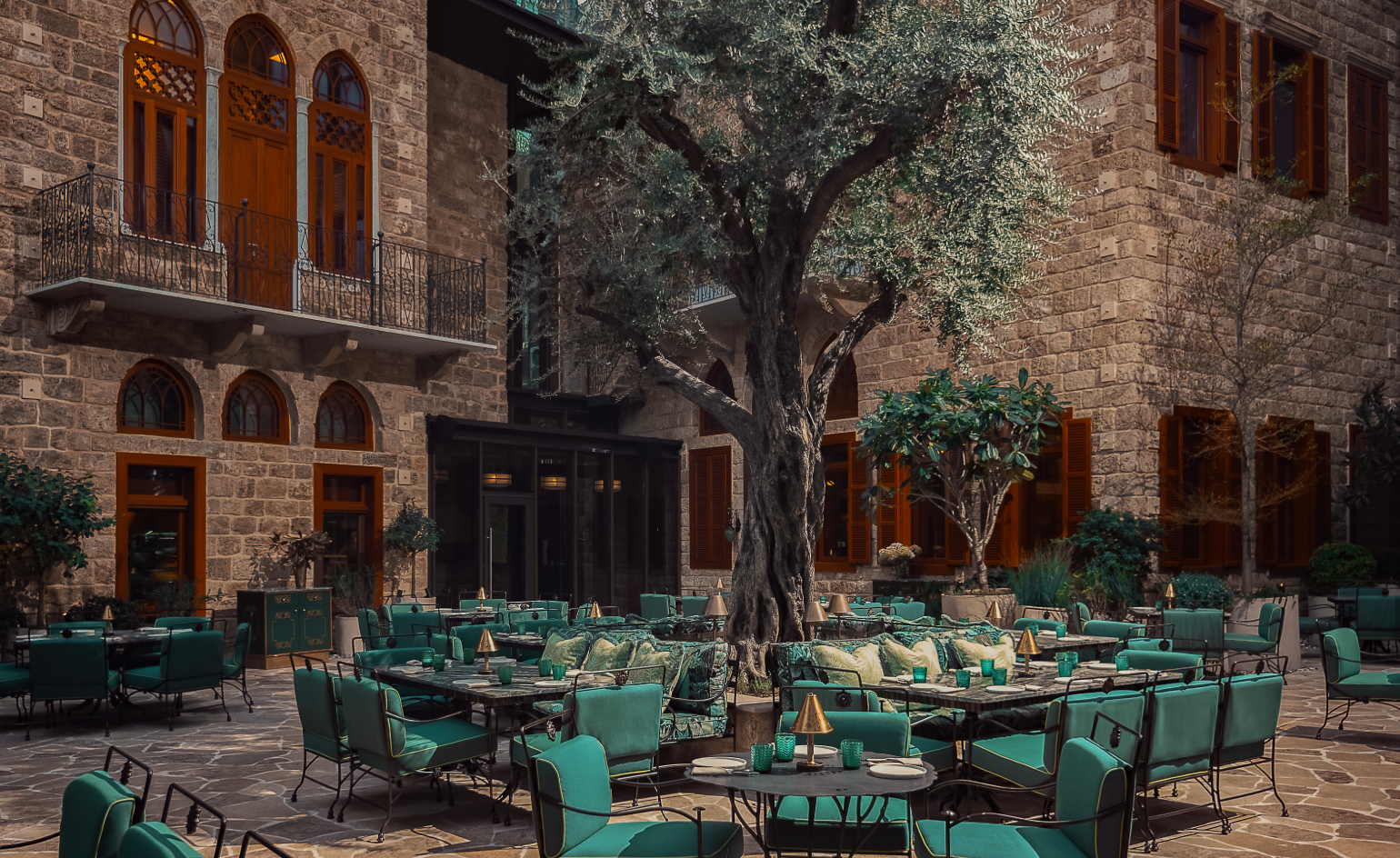 New members’ club Beihouse revives Beirut’s architectural heritage
New members’ club Beihouse revives Beirut’s architectural heritageFollowing the devastating 2020 explosion, three 19th-century homes in Gemmayzeh become a social hub balancing cultural memory with contemporary luxury
-
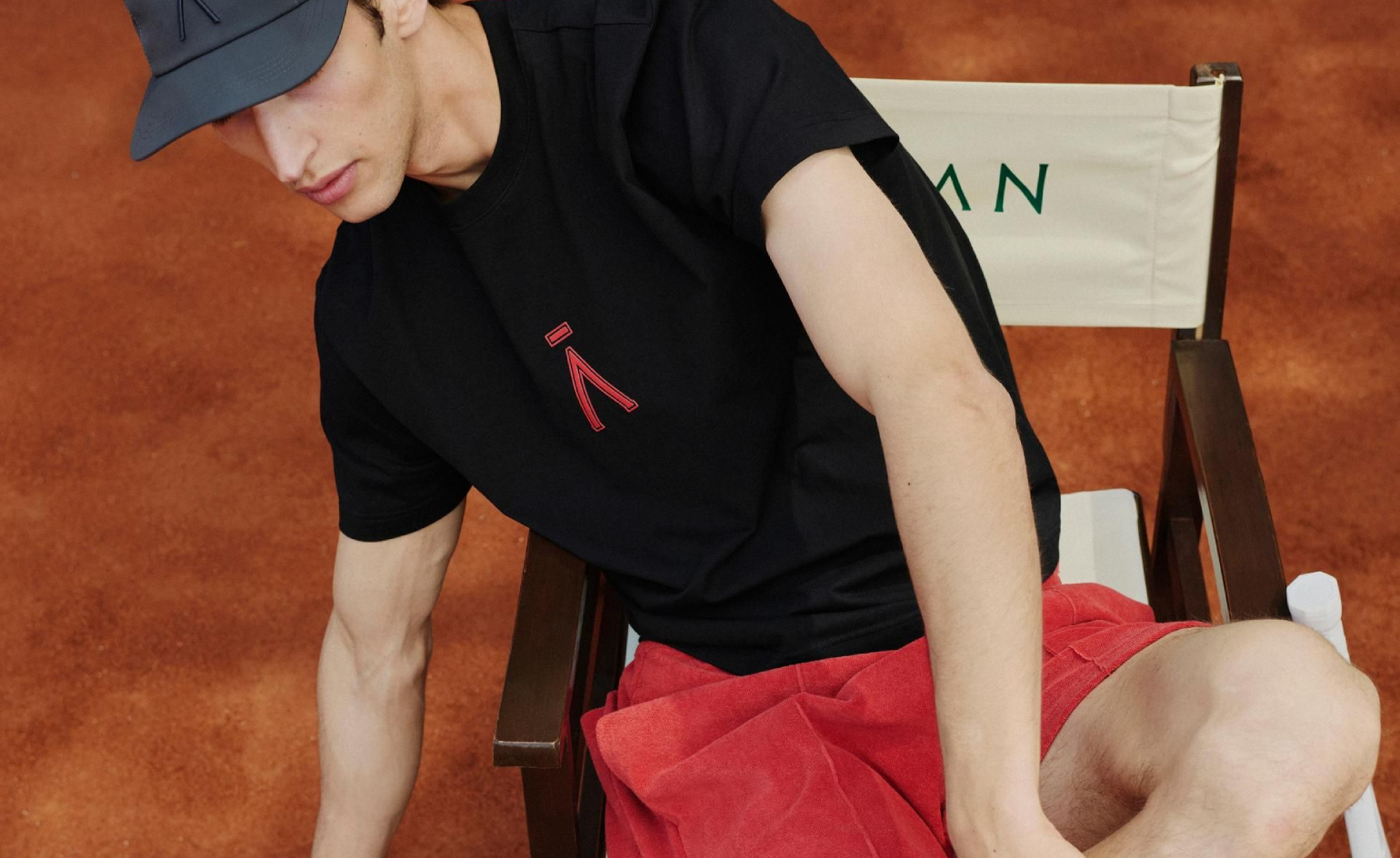 Aman New York unveils exclusive US Open-themed experience
Aman New York unveils exclusive US Open-themed experienceAman’s ‘Season of Champions’ pairs Grand Slam action with personalised recovery and performance treatments designed by Novak Djokovic and Maria Sharapova
-
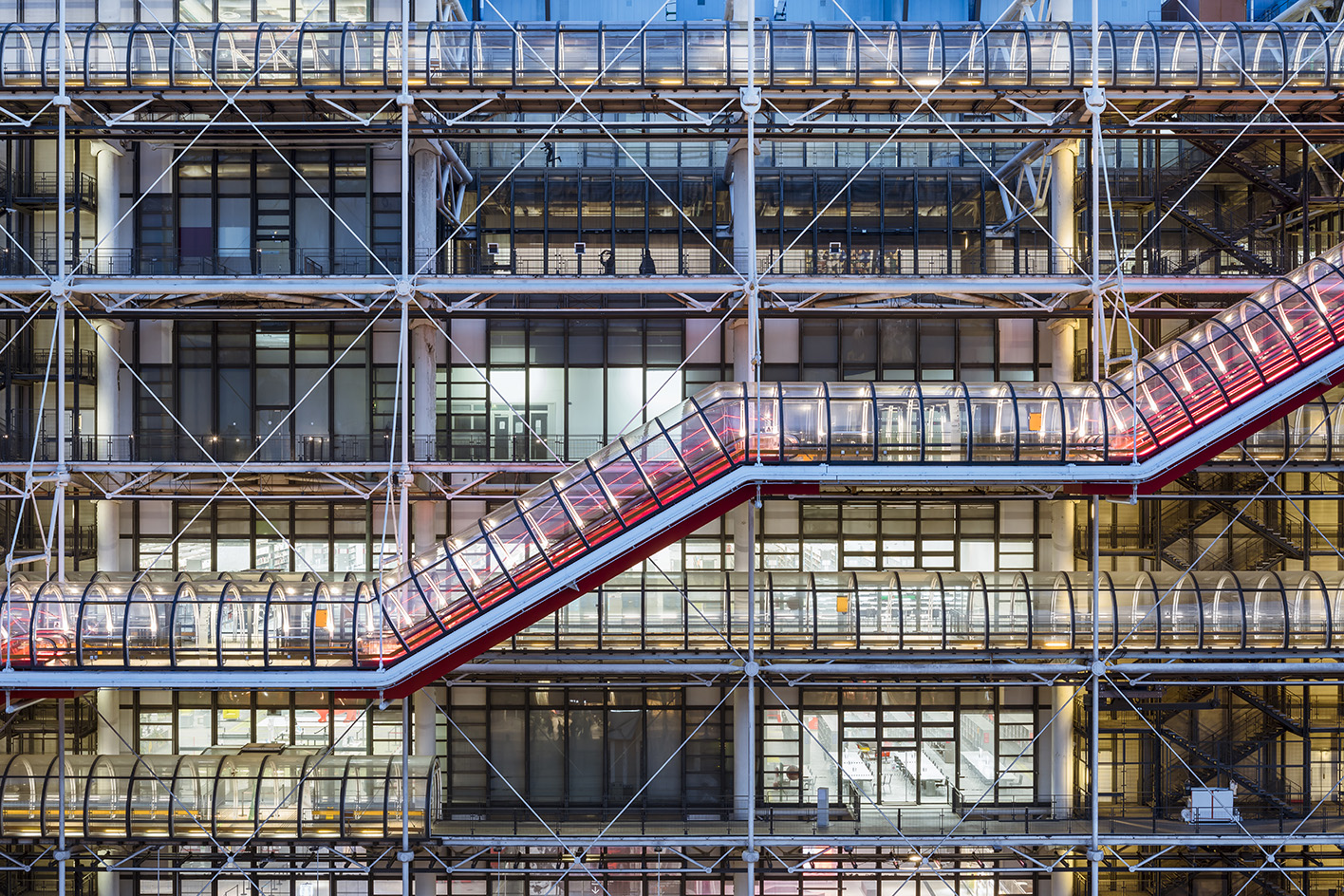 A guide to Renzo Piano’s magic touch for balancing scale and craft in architecture
A guide to Renzo Piano’s magic touch for balancing scale and craft in architectureProlific and innovative, Renzo Piano has earned a place among the 20th century's most important architects; we delve into his life and career in this ultimate guide to his work
-
 Ma Yansong's latest project is anchored by a gleaming stainless steel 'tornado'
Ma Yansong's latest project is anchored by a gleaming stainless steel 'tornado'The new Fenix museum in Rotterdam, devoted to migration, marks MAD's first European cultural project.
-
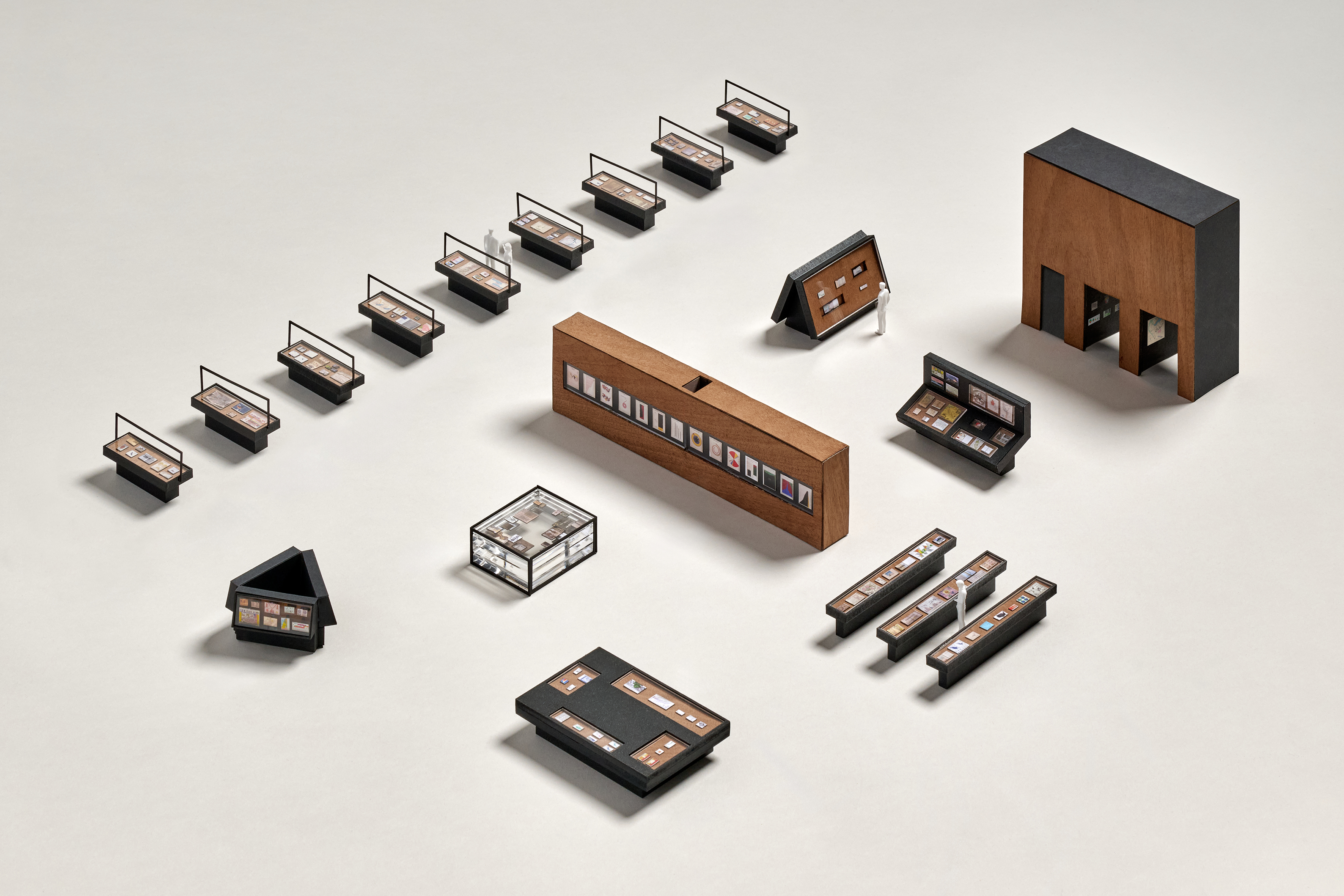 A love letter to the panache and beauty of diagrams: OMA/AMO at the Prada Foundation in Venice
A love letter to the panache and beauty of diagrams: OMA/AMO at the Prada Foundation in Venice‘Diagrams’, an exhibition by AMO/OMA, celebrates the powerful visual communication of data as a valuable tool of investigation; we toured the newly opened show in Venice’s Prada Foundation
-
 Portlantis is a new Rotterdam visitor centre connecting guests with its rich maritime spirit
Portlantis is a new Rotterdam visitor centre connecting guests with its rich maritime spiritRotterdam visitor centre Portlantis is an immersive experience exploring the rich history of Europe’s largest port; we preview what the building has to offer and the story behind its playfully stacked design
-
 NYC's The New Museum announces an OMA-designed extension
NYC's The New Museum announces an OMA-designed extensionOMA partners including Rem Koolhas and Shohei Shigematsu are designing a new building for Manhattan's only dedicated contemporary art museum
-
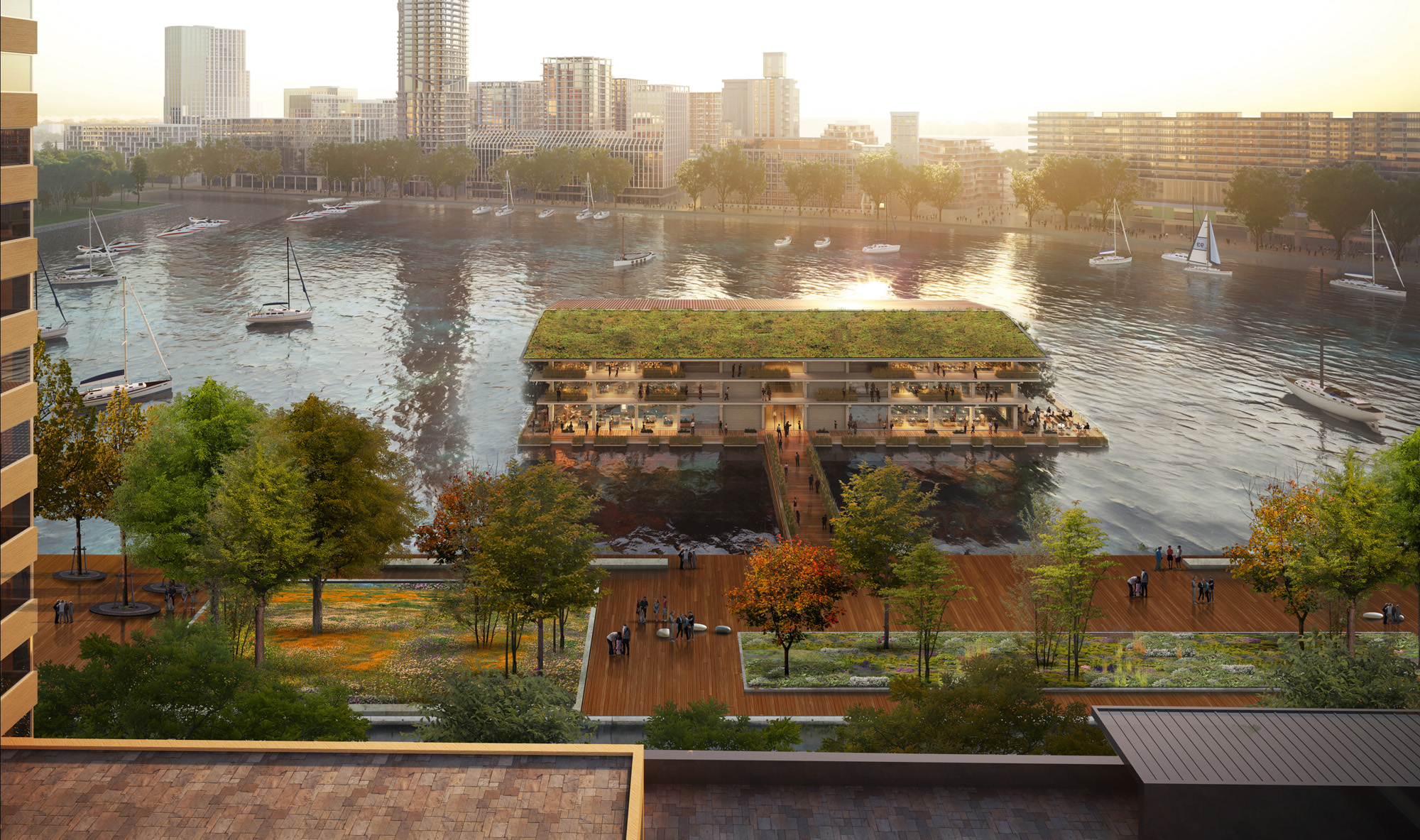 Rotterdam’s urban rethink makes it the city of 2025
Rotterdam’s urban rethink makes it the city of 2025We travel to Rotterdam, honoured in the Wallpaper* Design Awards 2025, and look at the urban action the Dutch city is taking to future-proof its environment for people and nature
-
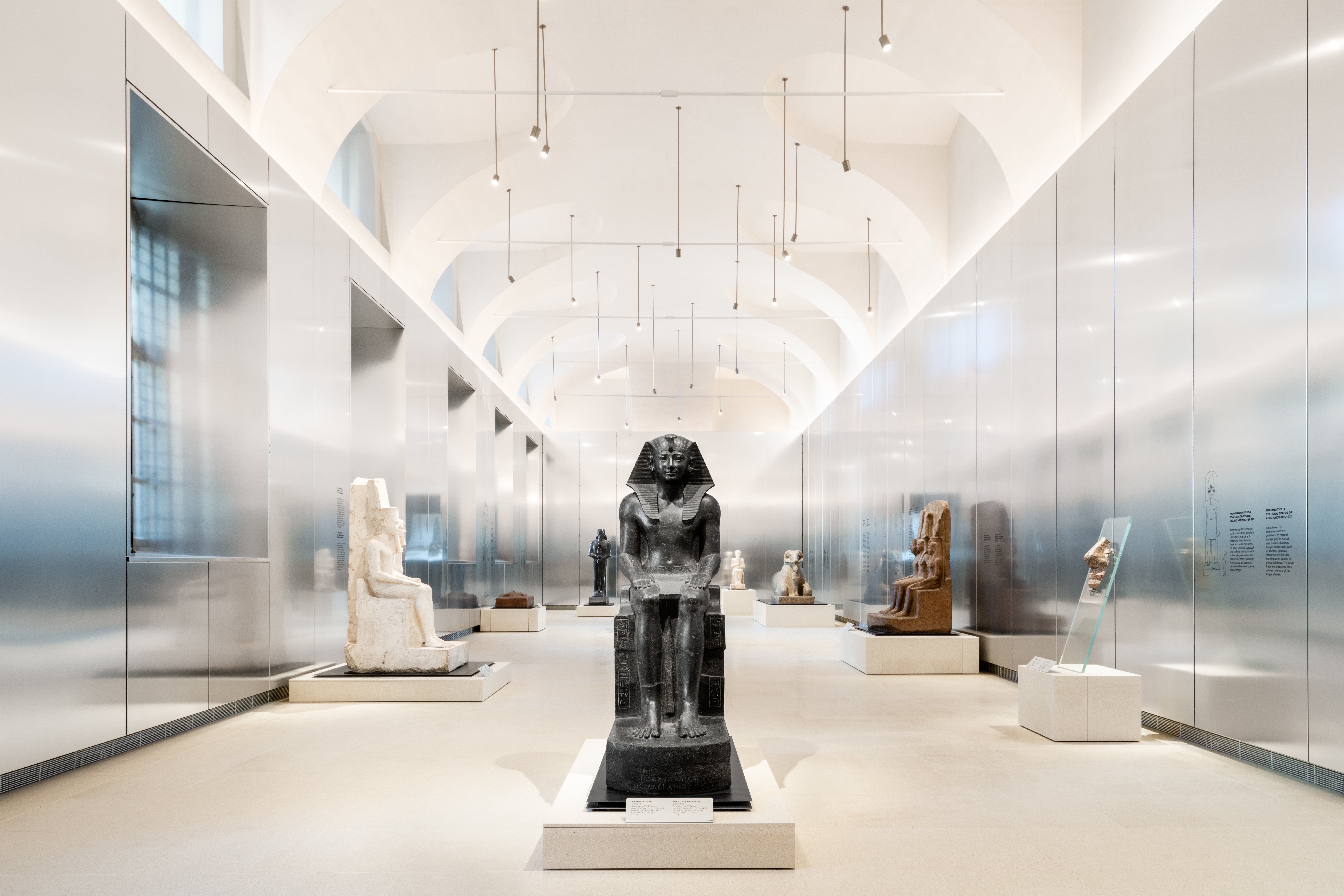 Turin’s Museo Egizio gets an OMA makeover for its bicentenary
Turin’s Museo Egizio gets an OMA makeover for its bicentenaryThe Gallery of the Kings at Turin’s Museo Egizio has been inaugurated after being remodelled by OMA, in collaboration with Andrea Tabocchini Architecture
-
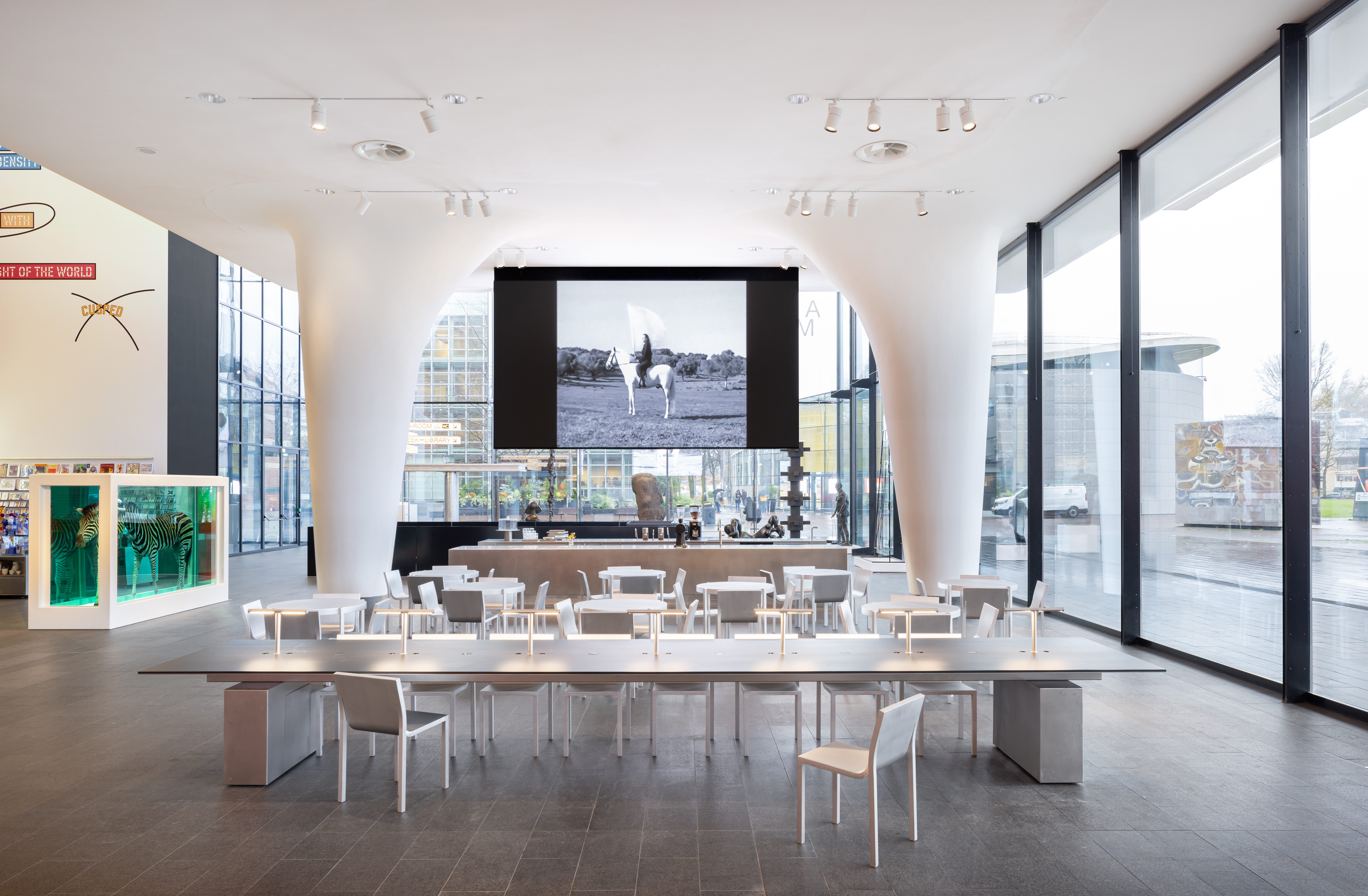 We stepped inside the Stedelijk Museum's newest addition in Amsterdam
We stepped inside the Stedelijk Museum's newest addition in AmsterdamAmsterdam's Stedelijk Museum has unveiled its latest addition, the brand-new Don Quixote Sculpture Hall by Paul Cournet of Rotterdam creative agency Cloud
-
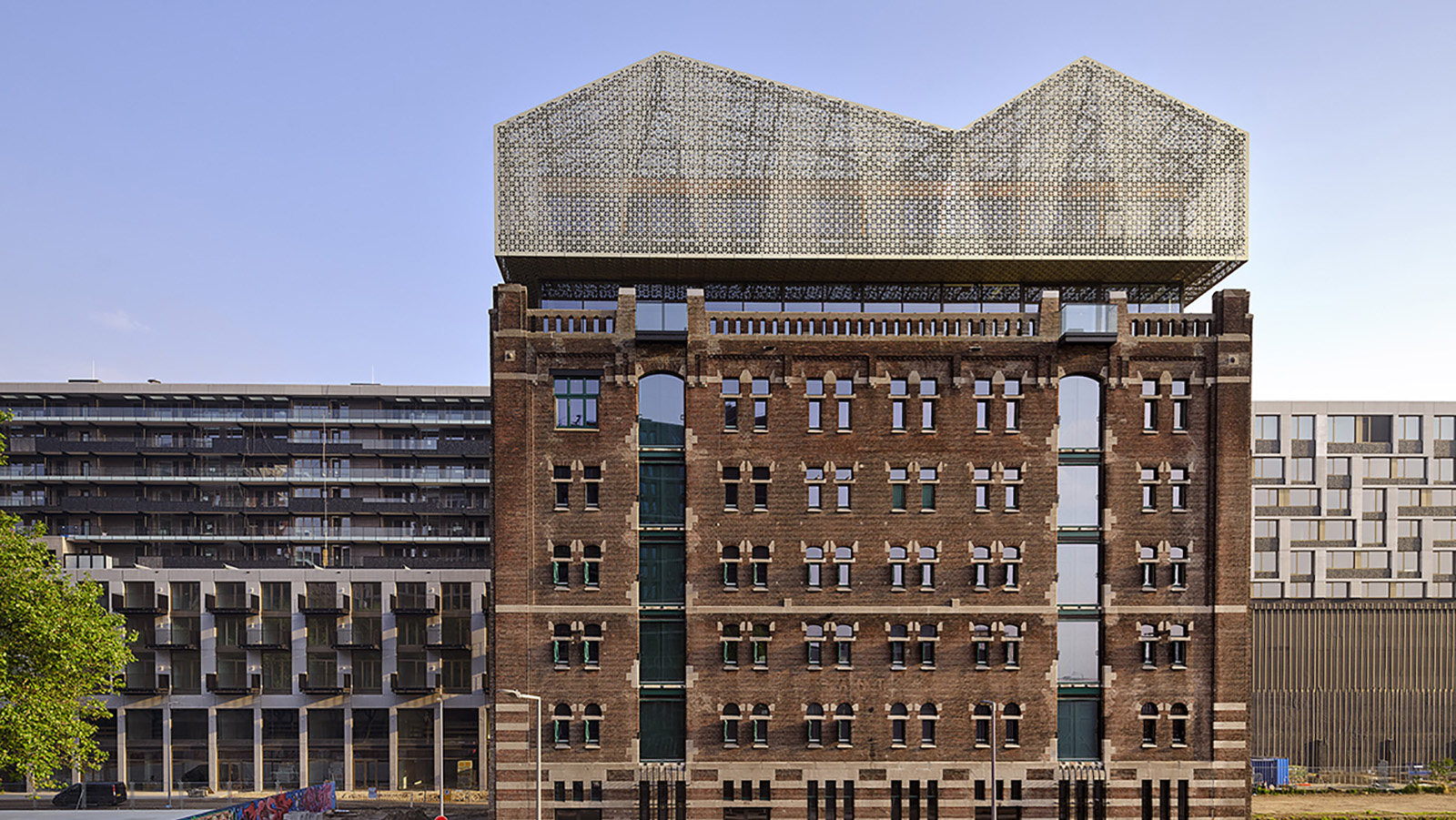 A peek inside the Nederlands Fotomuseum as it prepares for its 2025 opening
A peek inside the Nederlands Fotomuseum as it prepares for its 2025 openingThe home for the Nederlands Fotomuseum, set on the Rotterdam waterfront, is one step closer to its 2025 opening